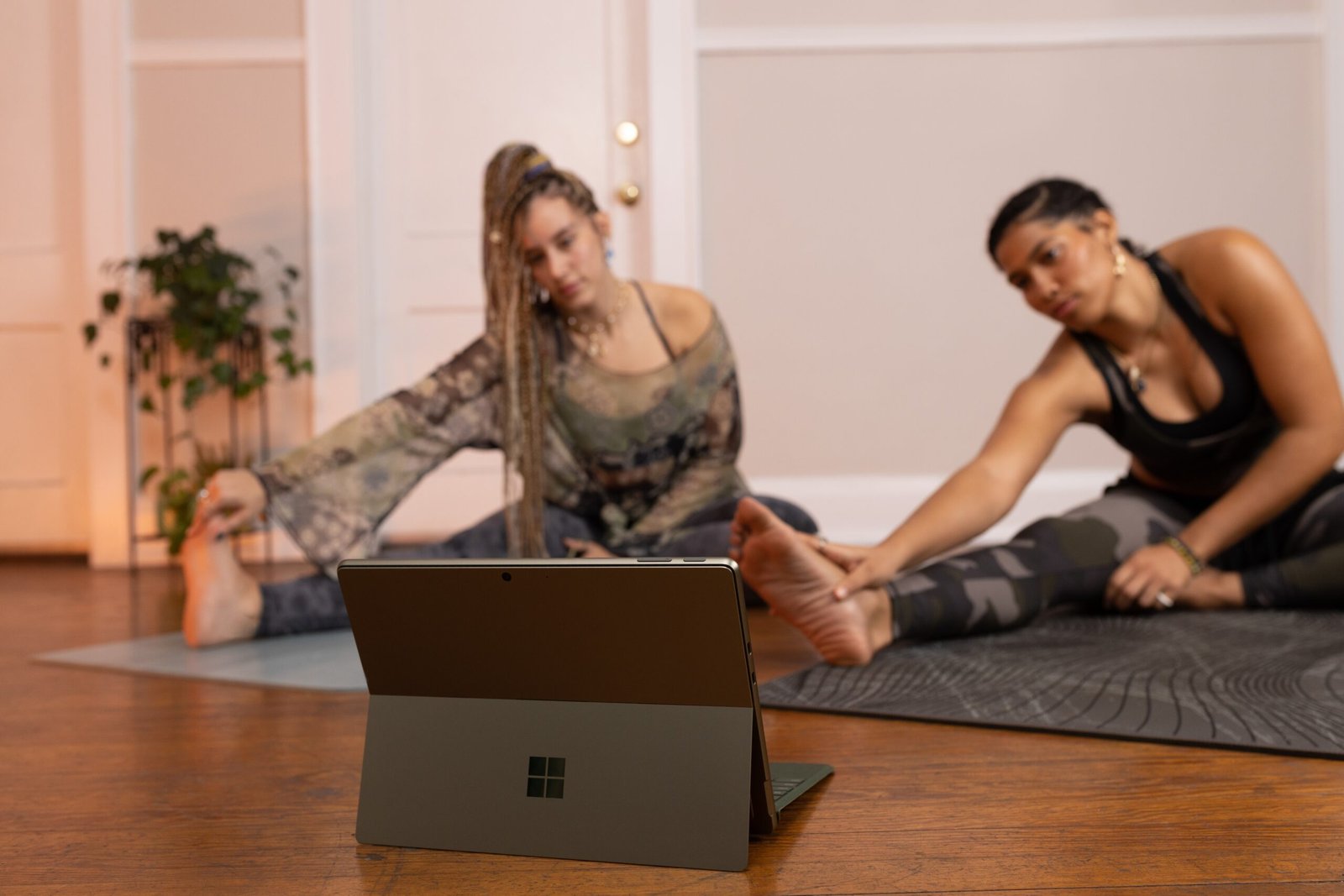
Introduction
When it comes to choosing a computer, the options can be overwhelming. With so many brands, models, and specifications to consider, it’s important to know what you need before making a decision. Whether you’re a student, a professional, or a casual user, this guide will help you navigate through the process of selecting the right computer for your needs.
1. Determine Your Needs
The first step in choosing the right computer is to determine your needs. Think about how you plan to use the computer and what tasks you’ll be performing on a regular basis. Are you a gamer, a graphic designer, or a writer? Do you need a computer for work, school, or entertainment? Understanding your needs will help you narrow down your options.
2. Consider the Operating System
The operating system (OS) is the software that manages the computer’s hardware and software resources. The two most popular operating systems are Windows and macOS. Windows is more widely used and offers a wider range of software compatibility, while macOS is known for its user-friendly interface and seamless integration with other Apple devices. Consider your familiarity with the operating system and the software you’ll be using when choosing your computer.
3. Choose the Right Form Factor
Computers come in various form factors, including desktops, laptops, and tablets. Desktop computers offer more power and flexibility, but they are less portable. Laptops are portable and convenient, but they may have limited upgrade options. Tablets are lightweight and compact, but they may not have the processing power required for certain tasks. Consider your mobility needs and the tasks you’ll be performing when selecting the form factor.
4. Look at the Specifications
The specifications of a computer determine its performance capabilities. Some key specifications to consider include:
- Processor: Determines the speed and efficiency of the computer. Look for the latest generation processors for better performance.
- RAM: Determines the multitasking capabilities of the computer. Aim for at least 8GB of RAM for smooth performance.
- Storage: Determines the amount of data you can store on the computer. Choose between traditional hard drives or faster solid-state drives (SSDs).
- Graphics: Determines the visual performance of the computer, especially for gaming or graphic-intensive tasks. Consider a dedicated graphics card for better performance.
- Battery Life: Important for laptops and tablets. Look for a longer battery life if you’ll be using the computer on the go.
5. Set a Budget
Computers can range in price from a few hundred dollars to several thousand dollars. Set a budget based on your needs and prioritize the features that are most important to you. Keep in mind that investing in a higher-quality computer may save you money in the long run by offering better performance and durability.
6. Read Reviews and Compare Options
Before making a final decision, read reviews and compare different options. Look for reputable sources that provide unbiased opinions and consider the experiences of other users. Pay attention to the pros and cons of each computer and how they align with your needs.
7. Consider After-Sales Support
Finally, consider the after-sales support offered by the manufacturer. Check the warranty period, customer service options, and repair policies. A reliable after-sales support system can provide peace of mind and ensure that any issues with your computer will be resolved promptly.
Conclusion
Choosing the right computer is a crucial decision that can greatly impact your productivity and overall user experience. By determining your needs, considering the operating system, choosing the right form factor, looking at the specifications, setting a budget, reading reviews, and considering after-sales support, you’ll be able to make an informed decision and find the perfect computer for your needs.

